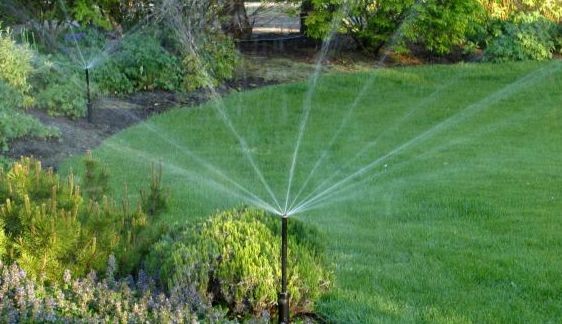Melbourne Declares Climate Emergency – what it means for open green space and irrigation
Climate Emergency Declarations have been made by 1,020 jurisdictions worldwide – including the City of Melbourne. An official declaration of climate emergency puts a government on a “wartime mobilisation” that places climate change at the centre of policy and planning decisions.
While interpretations differ on what a “climate emergency” means in practice, governments have established a range of measures to help meet the targets set by the Paris climate agreement. Under this agreement, 197 countries have pledged to limit global temperature rise to less than 2℃ above pre-industrial levels, and ideally no more than 1.5℃.
Once a council declares a climate emergency, they are committing to use resources to reduce carbon emissions and minimise the impact of future change.
The actions currently being taken by councils around Australia are broad ranging. Some councils are aiming for 100 per cent renewable energy and zero net emissions, with others instead pledging to lobby state and federal politicians on climate change action.
South Australia’s Gawler Town Council is preparing community action plans for extreme weather events, including providing safe shelters for the homeless in heatwaves.
The City of Melbourne has taken a very thorough and comprehensive approach; reviewing plans and partnerships, directly investing in renewable energy through the Melbourne Renewable Energy Project and providing a wealth of information to residents and businesses. And these are just some of the initiatives underway.
Irrigation and Useable Green Space – how can it help?
One distinct strategy they have implemented is the introduction of an Urban Forest Strategy Urban Forest Strategy. A key aim of this strategy is to reduce the urban heat island effect by bringing temperatures down. This reduction in temperature may be achieved by increasing canopy cover, improving vegetation health and soil moisture, increasing the amount of usable green space, as well as increasing diversity and biodiversity of plant life. As outlined in his ground breaking book, Water Use Efficiency for Irrigated Turf and Landscape,Geoff Connellan states “Green space can cool micro climates by 2 to 8℃., with building energy consumption reduced by 7% to 47%”.

Specifically, the City of Melbourne is looking to double the city’s tree canopy by 2040, significantly improve the health of all vegetation as well as increase plant diversity dramatically.
Simultaneously, all around greater Melbourne, the demand for useable green space has increased significantly – spurred partly by the increased participation in women’s sports as well as the increasing number of people living in apartments and townhouse-style dwellings with limited personal green space.
Is it possible that this need for green space could go hand-in-hand with Climate Emergency strategies?
Councils could in fact reduce their carbon footprint, decrease temperatures in their jurisdiction whilst catering for the increase in demand for useable and healthy green space via intelligently designed, functional parks, gardens and sports-fields, with intelligent irrigation.
Creating a thriving green space normally requires irrigation and pumping and the environmental costs associated with that, but there is good news on that front too.
Progressive and efficient irrigation methods such as Solar Powered Pumps and Variable Speed Pumps use a minimum amount of energy to deliver water to our crucial green spaces, and will be explored further in our next article in November.

